As an Australian business executive, you're no stranger to the relentless pressure of maintaining operational efficiency amid rising costs and fierce competition. Imagine this: Your legacy systems glitch during peak hours, causing hours of downtime that bleed revenue—up to AU$86 billion annually across ANZ businesses from unplanned outages alone. Traditional reactive monitoring, where you only respond after alarms blare, is like putting out fires with a garden hose: too little, too late. Enter Applied Observability, powered by AI, which shifts the paradigm from frantic fixes to predictive mastery. At C9, Australia's leading custom software, apps, integration, and database developer, we specialise in embedding these innovative tools into your unique operations, helping you foresee issues, streamline processes, and safeguard profits. In this blog, we'll compare these approaches, reveal the devastating fallout of sticking with outdated methods, and guide you on partnering with a trustworthy collaborator like us to unlock your competitive edge.
But why does this matter now more than ever? In 2025, with AI advancements accelerating, businesses clinging to reactive strategies are not just inefficient—they're vulnerable. We're seeing a surge in AI-driven observability that integrates machine learning for anomaly detection, yet many Australian enterprises still grapple with outdated systems that hinder growth. At C9, we understand your triggers: missing growth targets, high operational costs, and competitors launching tech capabilities that leave you in the dust. Let's dive deeper into how Applied Observability can transform these challenges into opportunities for efficiency, cost reduction, and revenue growth.
The Core Difference: Reactive Monitoring vs. Applied Observability
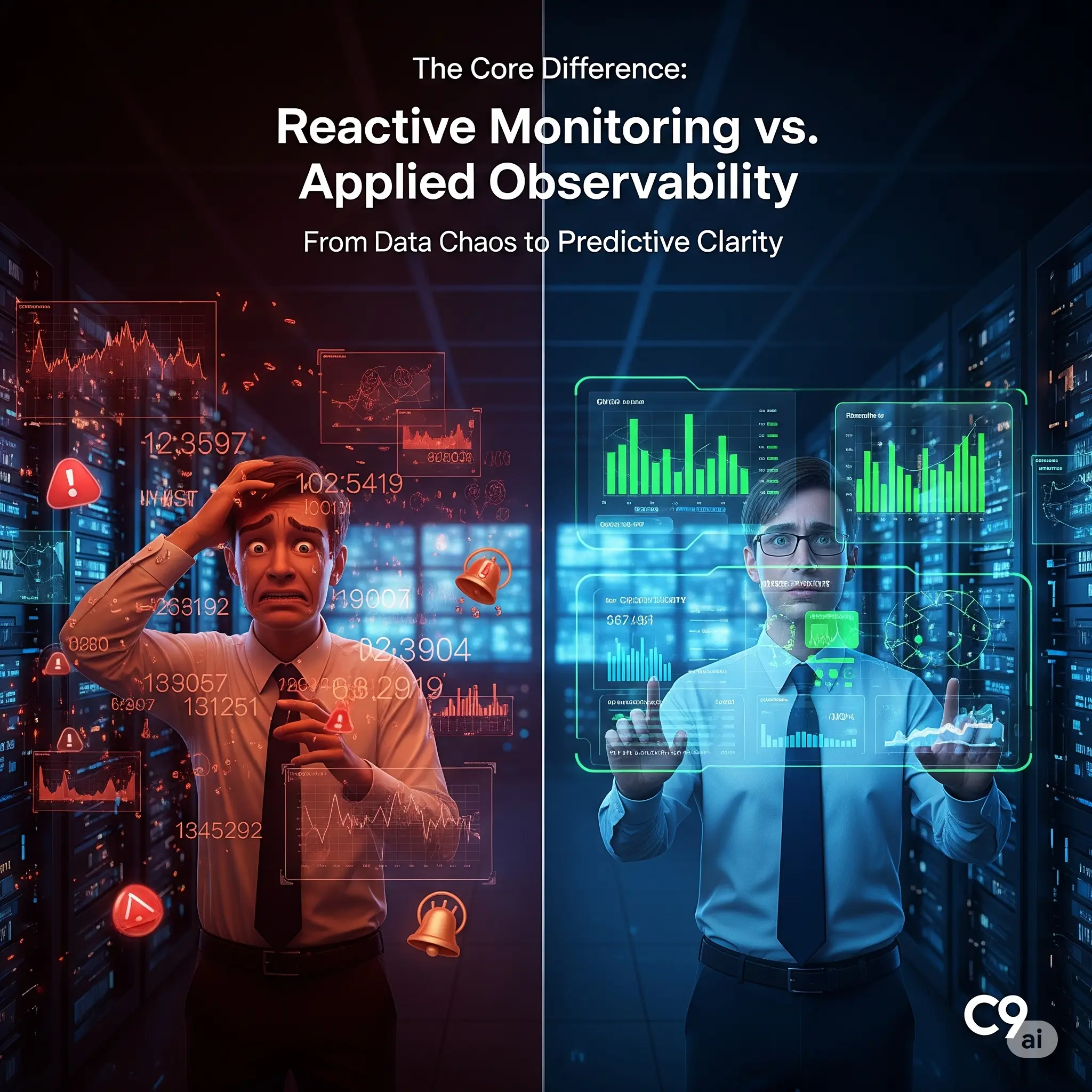
Reactive monitoring has long been the go-to for many businesses—think basic alerts on metrics like CPU usage or error logs that only trigger when something's already broken. It's siloed, backward-looking, and often drowns in data noise, leaving you scrambling to diagnose "why" amid chaos. This approach relies on thresholds that are often too rigid, missing subtle patterns that lead to failures. In contrast, Applied Observability uses AI-driven analytics to provide holistic, real-time visibility into complex systems. By correlating metrics, logs, traces, and events, it not only reveals the current state but predicts failures before they escalate, leveraging advanced algorithms to forecast issues with unprecedented accuracy.
For instance, AI observability tools evolving in 2025 integrate machine learning to forecast anomalies days in advance, transforming ITOps from reactive to proactive. Key trends this year include the rise of AI for large language models (LLMs) and agents, where observability focuses on monitoring AI behaviors, ethical outputs, and performance drifts. OpenTelemetry is also gaining traction, enabling standardised data collection across diverse systems for seamless integration. Additionally, nearly 65% of organisations plan to boost investments in AI-driven data processes, emphasising proactive observability to ensure data reliability. This isn't just tech jargon—it's a game-changer for Australian enterprises facing outdated legacy systems, where competitors are launching AI-enhanced capabilities that boost efficiency by 20-50%.
At C9, we craft custom integrations that embed observability into your apps and databases, ensuring seamless data flow and predictive insights tailored to your goals of cost reduction and revenue growth. Whether it's unifying siloed data sources or incorporating AI/ML model observability (with 70% of organisations maturing in this area), our solutions are designed to align with your detailed-oriented, analytical approach, turning potential barriers like lack of internal expertise into strengths through collaborative partnership.
The Devastating Effects: What Happens If You Can't Catch Up?
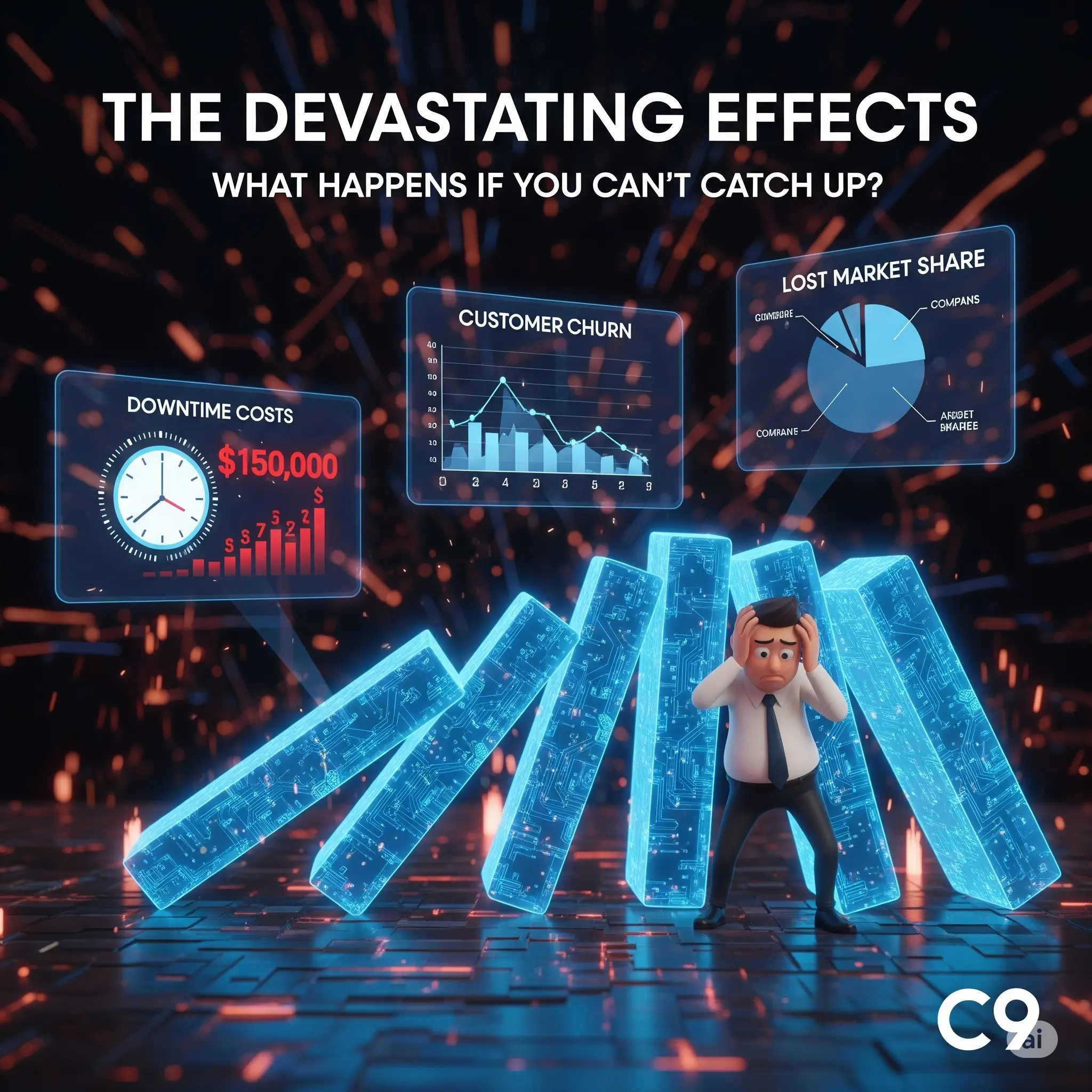
Failing to adopt Applied Observability isn't just a missed opportunity—it's a recipe for catastrophe. Downtime from system failures costs Australian businesses an average of $1,000 to $5,000 per hour for SMEs, skyrocketing to $260,000 per hour for manufacturers or over $1 million per incident in larger operations. Globally, enterprises lose up to $400 billion annually, with Fortune Global 500 companies facing losses equating to 11% of their yearly turnover—nearly $1.5 trillion in total. Reactive approaches extend mean time to resolution (MTTR) significantly, with MTTR remaining a key metric for 86% of organisations, yet often prolonged by outdated methods. This erodes customer trust, triggering churn rates as high as 78% after just one poor experience.
Picture a retail chain in Sydney: A server crash during Black Friday sales leads to $300,000 in lost hourly revenue, plus reputational damage that hands market share to tech-savvy rivals. Or consider a Melbourne manufacturing firm: Unplanned downtime not only halts production but incurs recovery costs, lost productivity, and regulatory fines, amplifying expenses to millions. Without AI-powered predictions, you're blind to data overload, compliance breaches, and cascading failures—amplifying high operational costs and missing growth targets. In a data-driven market, stagnation means competitors outpace you, turning your barriers like internal expertise gaps into insurmountable walls. Add in the hidden costs: a 2.5% drop in stock value post-incident or 55% of customers abandoning purchases due to frustration, and the picture is clear—reactive monitoring is a ticking time bomb.
Why Discovery Calls Are Essential: Don't Skip This Critical Step
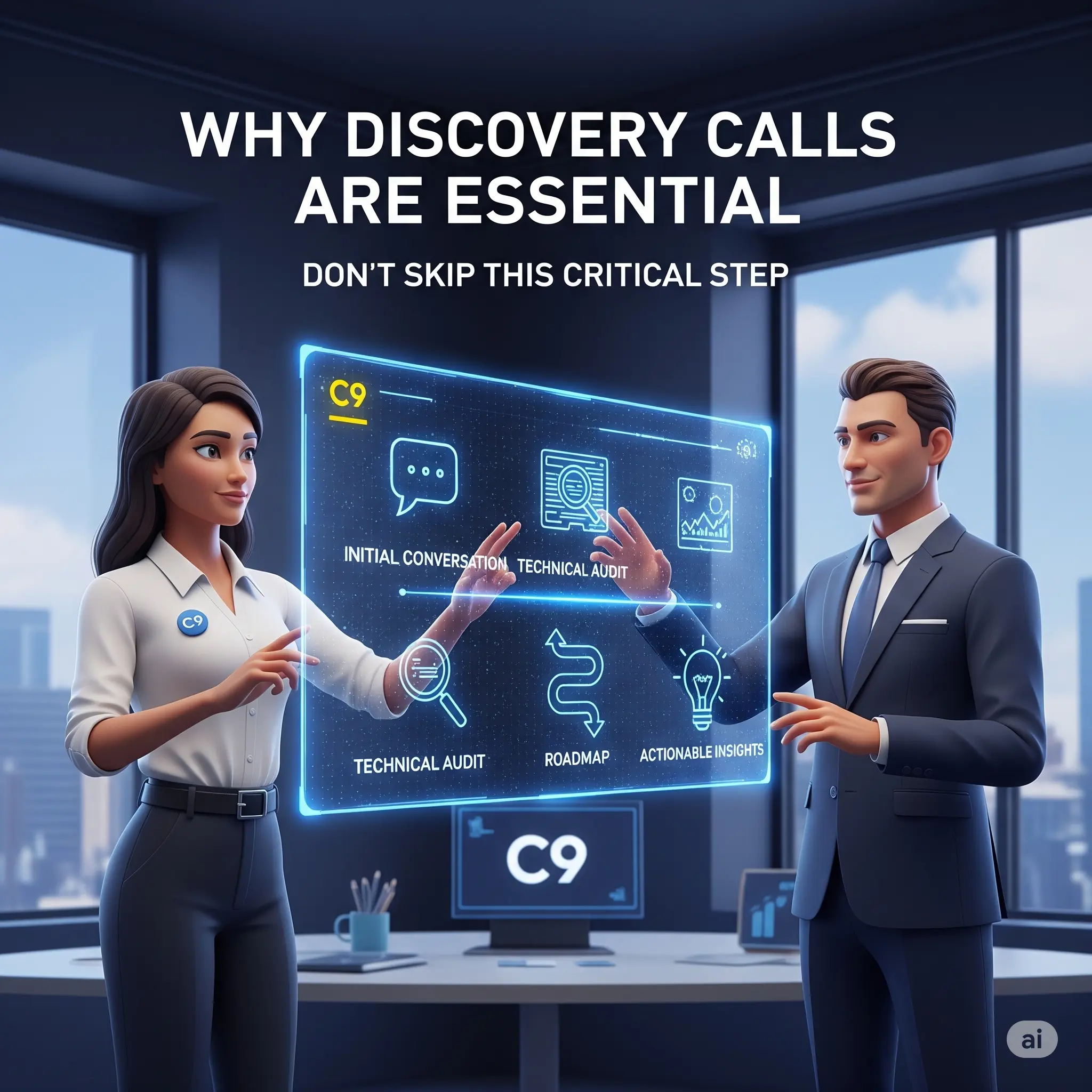
Transitioning to Applied Observability requires more than off-the-shelf tools—it demands a tailored strategy. That's where discovery calls come in, and skipping them is one of the worst ideas for any software project. Why? Without a deep dive into your unique pain points—like outdated systems or poor customer experiences—you risk building solutions that miss the mark, wasting time and inflating costs by up to 30% through scope creep. In fact, previous bad experiences with vendors often stem from this oversight, breeding mistrust and resistance to change.
Discovery calls are your collaborative gateway to success. Here's how they work in detail: We start with a 30-60 minute conversation (virtual or in-person) where our experts ask targeted questions about your business objectives, current processes, triggers like high costs, and barriers such as vendor mistrust. We analyse requirements, conduct market research, and outline a roadmap—clarifying functional needs like AI integration for observability and non-functional aspects like security, scalability, and compliance with Australian standards. This phase might include reviewing your existing tech stack, identifying integration points, and even prototyping quick wins to demonstrate value.
It's not a waste of time; it's an investment that reduces risks, enhances UX from the start, and ensures alignment, saving you from costly revisions later. For example, in one C9 project, discovery revealed hidden data silos that would have added 25% to costs if overlooked. At C9, we've seen discovery prevent 20-40% overruns by identifying issues early, fostering trust and driving your goals of efficiency and profitability. It's the foundation for a partnership that overcomes uncertainty and turns your analytical mindset into actionable insights.
The Pitfalls of Indicative Pricing: Why It's Not Worth the Paper It's Written On

Many agencies lure you with quick indicative pricing—rough estimates based on assumptions—but they're fraught with pitfalls. Indicative quotes lack precision, often ignoring hidden complexities like legacy system integrations or regulatory requirements, leading to budget blowouts of 50% or more when realities like integration challenges emerge. They're not worth the paper they're on because they skip discovery, resulting in fixed-price traps that stifle flexibility and breed disputes over scope changes. Imagine committing to a quote only to face add-ons for unforeseen UI/UX tweaks—it's a common trigger for vendor mistrust.
Contrast this with discovery-based pricing: Indicative might round to the nearest day or week (e.g., estimating a project at 10 weeks = 400 hours, but reality hits 450+ due to overlooked QA cycles), while discovery refines to the nearest hour through detailed analysis. Example: For an observability integration app in a Brisbane logistics firm, indicative pricing assumed 200 hours at $150/hour = $30,000. Post-discovery, we uncovered UI/UX needs for mobile access and security enhancements, adding 50 precise hours, totalling 250 hours = $37,500—but with staged breakdowns, the client saw value upfront in reduced downtime risks. Without discovery, that variance could balloon to $45,000+ in surprises, eroding trust and amplifying costs.
Always insist on discovery before pricing; it eliminates uncertainty and aligns with your analytical mindset, ensuring transparency and collaborative success.
Breaking Down Development Costs: It's More Than Just Coding

Custom software like AI observability solutions isn't just about development—costs encompass QA (testing for reliability to catch bugs early), project management (PM for timelines and agile sprints), UI/UX (user-friendly designs to boost adoption), and infrastructure (cloud setups for scalability and security). A typical breakdown: 40% dev, 20% QA, 15% PM, 15% UI/UX, 10% infrastructure. Overlooking these leads to incomplete solutions that fail under pressure.
Rough calc for a 300-hour observability project (post-discovery):
- At $100/hour: $30,000 (ideal for simple apps, but risks skimping on QA, potentially increasing long-term fixes).
- $125/hour: $37,500 (balances cost with basic UI/UX for intuitive dashboards).
- $150/hour: $45,000 (includes robust PM for Australian compliance and stakeholder alignment).
- $175/hour: $52,500 (adds advanced infrastructure for predictive AI scalability).
- $200/hour: $60,000 (full-spectrum with premium UX for competitive edge and seamless integrations).
Indicative pricing might estimate 200-400 hours, creating $20,000-$40,000 variance—discovery pins it accurately, avoiding shocks and ensuring every dollar drives your goals.
Staging Projects for Early ROI: A Smarter Path Forward
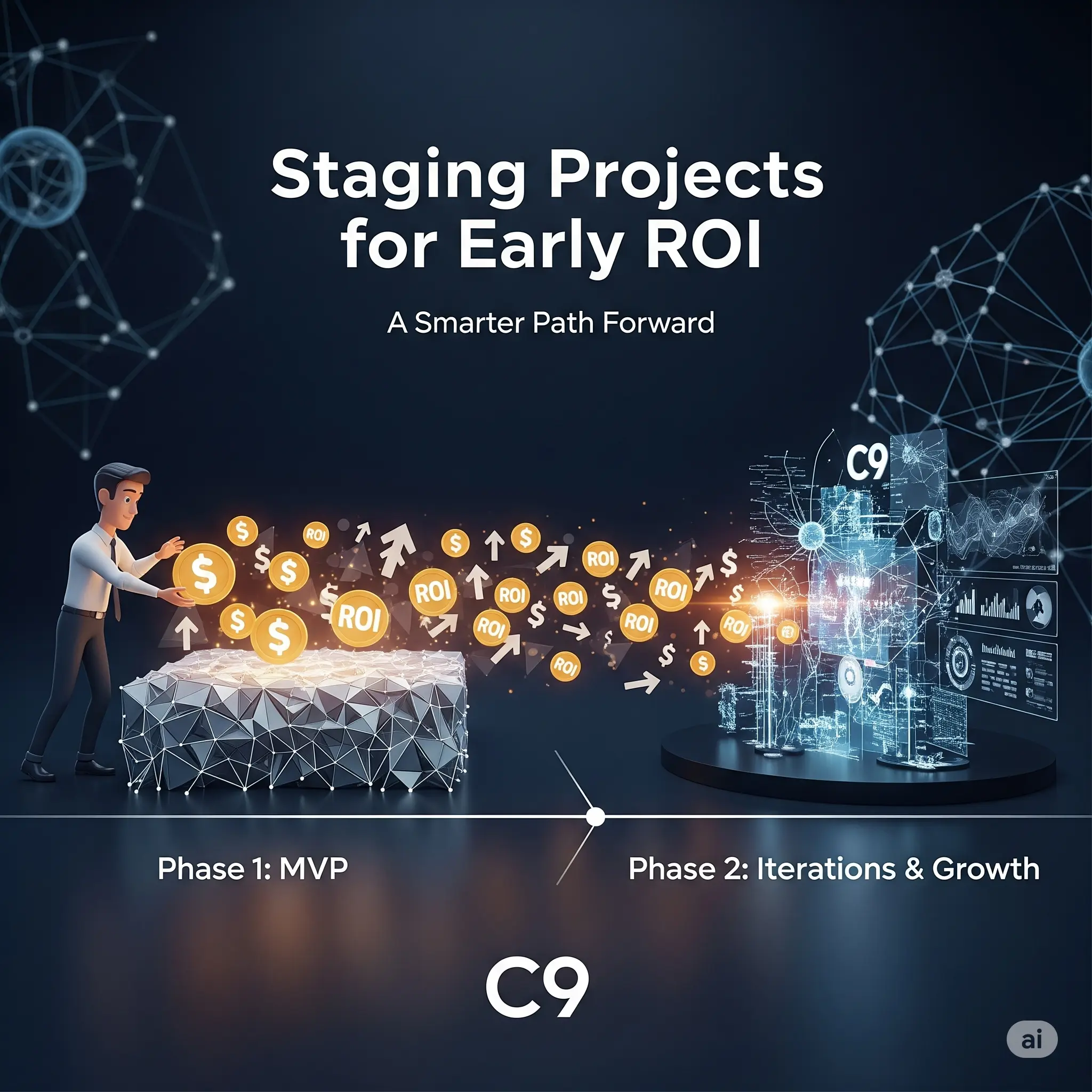
To maximise value, we break projects into stages: Start with a MVP (Minimum Viable Product) for core observability features, delivering early ROI through quick wins like 20% efficiency gains from initial predictive alerts. Savings from reduced downtime (e.g., $5,000/hour avoided in a Perth e-commerce setup) then fund iterations, like AI enhancements for LLM monitoring or advanced analytics. This collaborative approach overcomes resistance to change by showing tangible benefits early, builds momentum with iterative feedback, and feeds profits back into improvements—ensuring long-term loyalty and growth. It's how C9 turns your barriers into bridges, fostering innovation without overwhelming your team.
Secure Your Future with Proactive Innovation
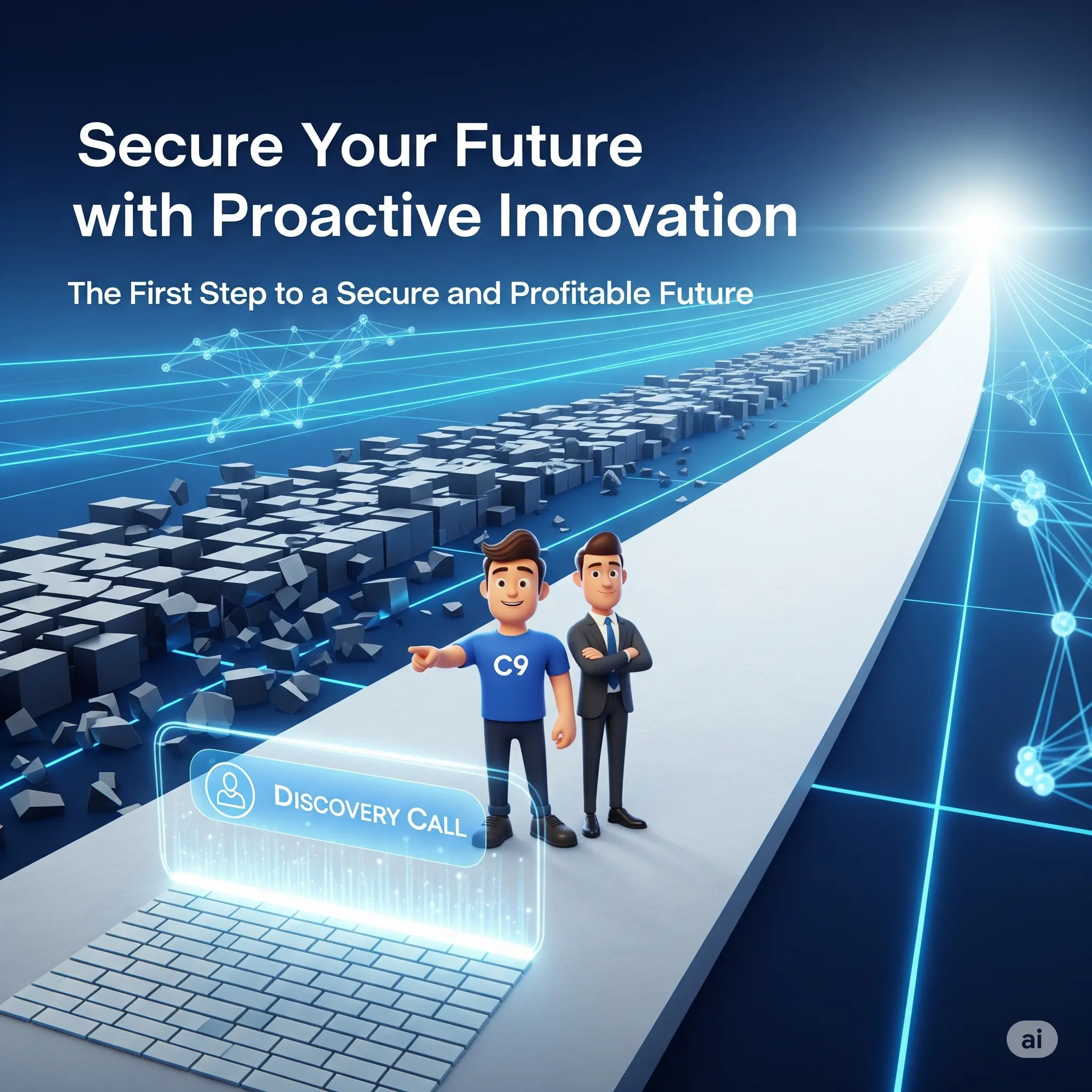
In the battle of Applied Observability vs. Reactive Monitoring, the choice is clear: Embrace AI-powered predictions to prevent million-dollar failures, or risk being left behind. With 2025 trends like maturing observability practices and AI investments soaring, now is the time to act. At C9, we're your innovative, trustworthy partner in custom solutions that drive efficiency, cut costs, and propel profits.
Ready to predict and prevent system issues? Don't skip the discovery—contact C9 now at https://www.c9.com.au/ to schedule a no-obligation call. Let's collaborate on a tailored roadmap that turns your challenges into triumphs.